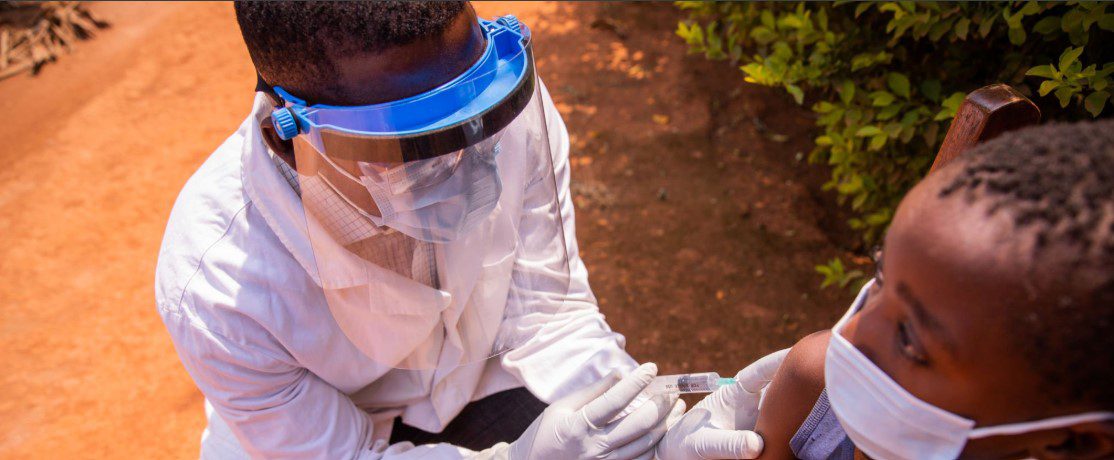How Common is Malaria in Uganda? A Realistic Look at a Preventable Challenge
When most people dream of visiting Uganda the Pearl of Africa they imagine the breathtaking landscapes, the snow-capped Rwenzori Mountains, the majestic gorillas of Bwindi, and the warm smiles of the Ugandan people. And rightly so. Uganda is one of the most beautiful and hospitable countries on Earth. But alongside the awe-inspiring beauty and rich cultural heritage, there’s a reality that travelers and locals alike must face: malaria.
Understanding malaria in Uganda doesn’t mean focusing on fear. Instead, it’s about awareness, preparation, and confidence. It’s about acknowledging a challenge, yet realizing that with the right knowledge and precautions, you can enjoy every moment of your Ugandan journey safely and fully. Let’s explore just how common malaria is in Uganda, what causes it, and most importantly how to prevent it.
The Reality: Malaria Remains Common, but Not Unbeatable
Malaria is endemic in Uganda. This means it’s found throughout the country and is present all year round. According to data from the Uganda Ministry of Health and the World Health Organization, malaria accounts for around 30 to 50 percent of all outpatient visits in health facilities and roughly 20 percent of hospital admissions. For children under five and pregnant women, the risk is even more serious due to their increased vulnerability.
The most common type of malaria parasite in Uganda is Plasmodium falciparum, which is known to cause the most severe form of the disease. But the good news is, malaria is preventable, treatable, and beatable with the right information and action.
High-Risk Areas and Transmission Patterns
Malaria transmission in Uganda is heavily influenced by altitude, rainfall, and temperature. Generally, lowland areas and regions with high rainfall are more prone to mosquito breeding and hence see higher malaria transmission.
Some of the higher-risk regions include:
Northern Uganda (especially the Acholi and Lango sub-regions)
Eastern Uganda (including areas around Busoga and Teso)
Parts of Western Uganda (especially near water bodies and forests)
Kampala, the capital, tends to have lower transmission rates due to urban development and better mosquito control, but cases still occur. Highland areas, such as Kabale in the southwest, have significantly lower malaria rates, but outbreaks can still happen, especially during heavy rains.
Why is Malaria Still So Common?
The persistence of malaria in Uganda is driven by several factors. One major challenge is the abundance of mosquito breeding sites. Uganda’s tropical climate with its two rainy seasons and multiple lakes and rivers—creates the perfect environment for mosquitoes to thrive.
Access to healthcare is another issue. While urban areas often have good medical facilities, many rural communities lack adequate access to diagnostic services, treatment, or preventive tools like mosquito nets. Additionally, resistance to anti-malarial drugs and insecticides used for mosquito control continues to pose a growing threat.
However, the Ugandan government, in collaboration with global health partners, has made significant strides in fighting malaria. Mass distribution of insecticide-treated nets, indoor residual spraying, and public education campaigns have all helped reduce infection rates in many regions.
What Does This Mean for Travelers?
If you’re planning a trip to Uganda, especially for safari, trekking, or cultural tours, the idea of malaria might feel daunting. But here’s the truth: with some basic precautions, you can dramatically reduce your risk of infection.
Here are some simple but powerful ways to protect yourself:
1. Take Anti-Malarial Medication:
Consult your healthcare provider or travel clinic at least 4–6 weeks before departure. Common anti-malarial drugs for travelers include doxycycline, atovaquone-proguanil (Malarone), or mefloquine. Your doctor will advise based on your medical history and travel itinerary.
2. Use Insect Repellent:
Apply insect repellent with DEET, picaridin, or lemon eucalyptus oil to exposed skin especially during evening hours when mosquitoes are most active.
3. Sleep Under a Treated Mosquito Net:
Most lodges, hotels, and safari camps in Uganda provide insecticide-treated mosquito nets. Be sure to use them properly, especially in rural areas or places near water bodies.
4. Wear Long Sleeves and Trousers:
In the evenings and early mornings, wear light-colored, long-sleeved clothing to reduce the chances of mosquito bites.
5. Stay in Screened or Air-Conditioned Accommodation:
Whenever possible, choose hotels or lodges with screened windows or air conditioning. These features help keep mosquitoes out of your room.
What Happens If You Get Malaria?
Even with the best precautions, it’s still possible though not very likely to contract malaria. The key is early detection and treatment. Malaria typically starts with flu-like symptoms: fever, chills, headache, body aches, and sometimes vomiting or diarrhea. These signs can appear as early as seven days after being bitten.
If you develop symptoms during your trip or even after returning home (up to several weeks later), seek medical attention immediately. A simple blood test can confirm malaria, and treatment is highly effective when started early.
In Uganda, many clinics and hospitals are equipped to diagnose and treat malaria quickly. Even in rural areas, malaria testing is often free or low-cost. Uganda’s healthcare professionals are experienced in managing malaria cases, especially in endemic regions.
The Bigger Picture: Hope Through Progress
Despite its current challenges, Uganda is making great progress in malaria control. The country has committed to reducing malaria-related deaths to near zero by 2030 through a combination of government policy, international support, and community action.
Grassroots initiatives are especially promising. In many villages, local health workers are trained to identify and treat malaria early. Schools are teaching children how to prevent mosquito bites. Entire communities are learning the power of collective action clearing stagnant water, using bed nets, and seeking timely treatment.
These efforts are already showing results. In some regions, malaria infection rates have fallen by over 40 percent in the past decade. There is still work to do, but Uganda is steadily turning the tide.
Final Thoughts: Stay Informed, Not Afraid
Yes, malaria is common in Uganda, but it doesn’t have to stop you from experiencing one of Africa’s most enriching travel destinations. Whether you’re trekking through the lush forests of Kibale in search of chimpanzees, cruising the Nile in Murchison Falls National Park, or dancing to traditional rhythms in a local village, Uganda offers memories that last a lifetime.
The key is awareness, not anxiety. Prevention, not panic. With a little preparation and a healthy respect for nature, you can explore Uganda’s magic while staying safe and healthy.
Remember, millions of people both locals and tourists live, work, and travel in Uganda every day. They thrive, they adventure, they fall in love with the country. So can you.
As you plan your Ugandan journey, embrace both the beauty and the reality. Malaria is part of the picture, but it doesn’t have to define your experience. In fact, by staying informed, you become part of the broader story of connection, of courage, and of a shared hope for a malaria-free future.





